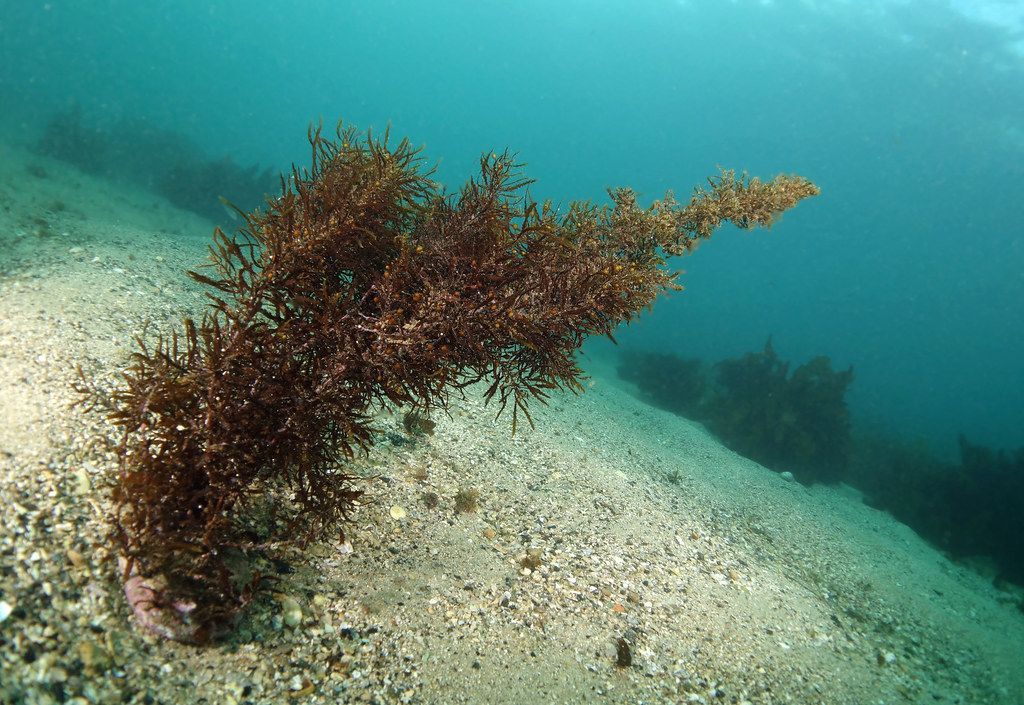
🌿 Discovery of brown algae evolution can have unforeseen consequences
The genes that make some algae brown, rather than green, help them to make their photosynthesis more efficient. The discovery of this gene points to a great potential in several fields.
Share this story!
Brown algae have developed a special set of pigments that allow them to absorb more light for photosynthesis than green algae and green plants can. In total, brown algae account for around 20 percent of the oxygen we breathe.
A study conducted at Colorado State University and Johannes Gutenberg-Universität, in collaboration with researchers at Westlake University, China, has identified the genes responsible for the pigment change from green to brown, and has investigated the evolution of the algae and the different effects of the genes.
The researchers discovered that the brown pigment, called fucoxanthin, evolved from the duplication of much older genes that generate photoprotective pigments. Over time, more complex functions evolved that became extremely well adapted for photosynthesis. Graham Peers, one of the lead authors of the study, says that brown algae have managed to mix, match and reprogram their machinery in a way that plants on land have not been able to.
The study provides a rich basis for further research, and is a promising starting point for investigating the application of similar mechanisms in other fields. For example, understanding how cells' pigments affect photosynthesis can generate more efficient production of biofuels.
By becoming a premium supporter, you help in the creation and sharing of fact-based optimistic news all over the world.


